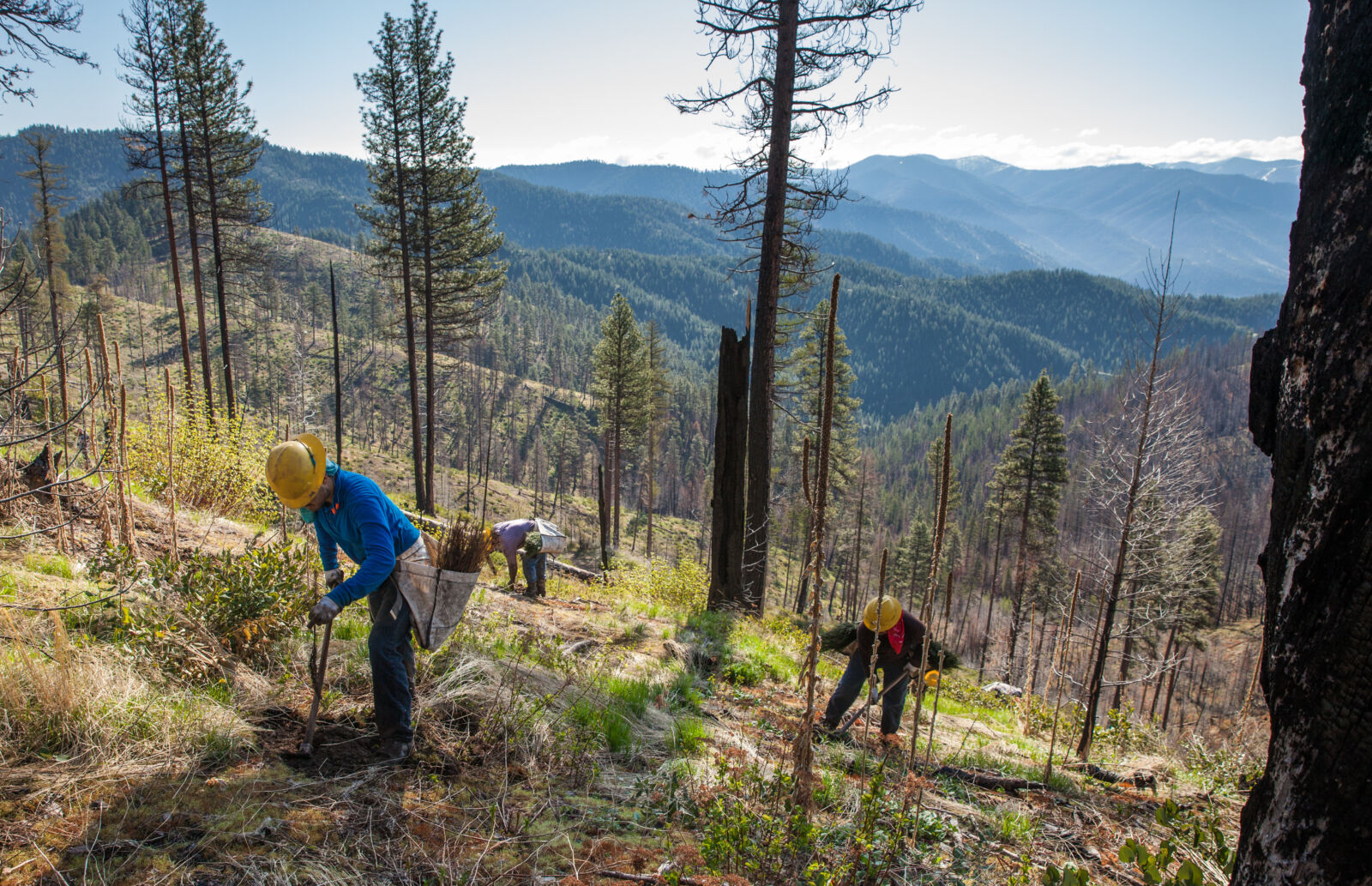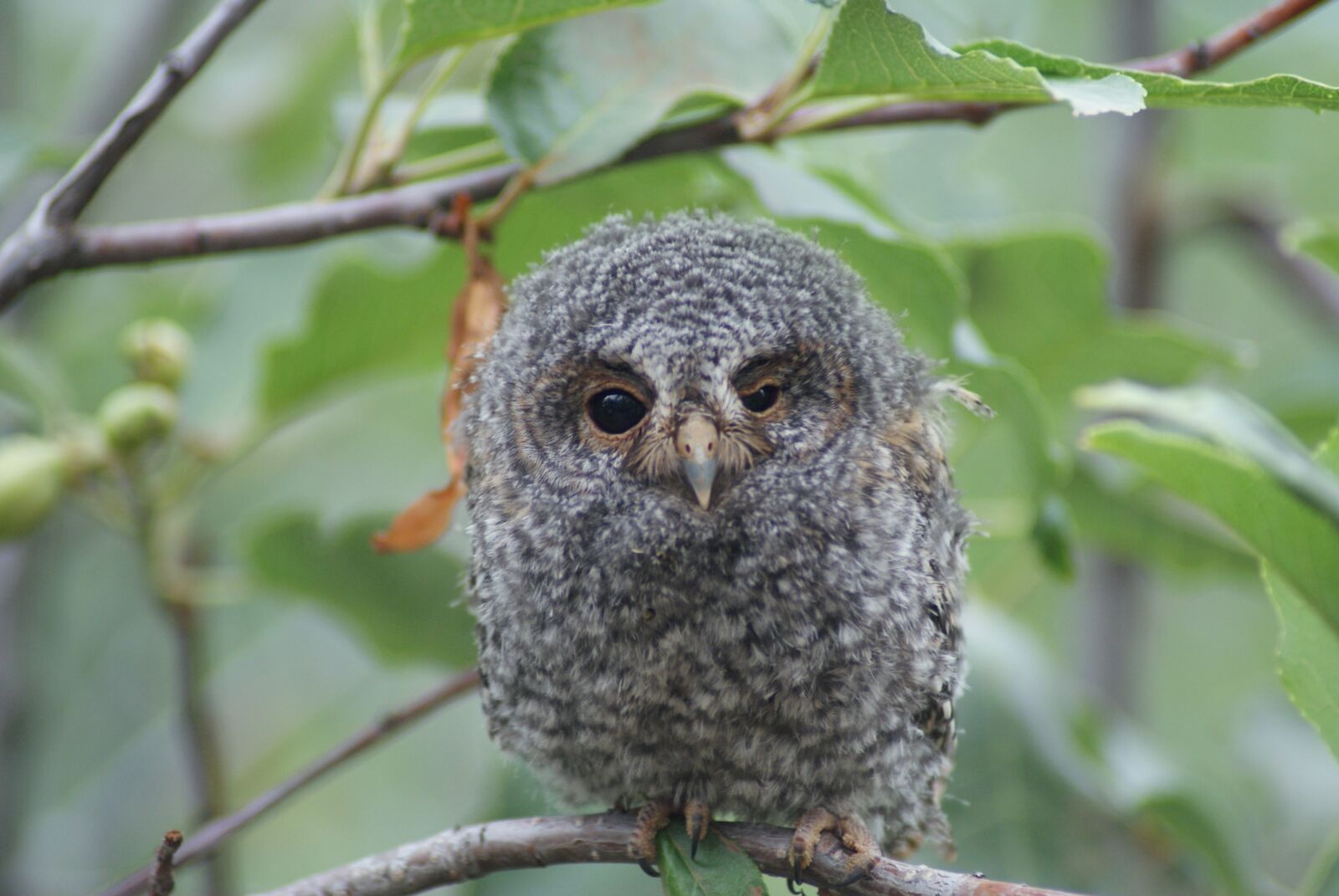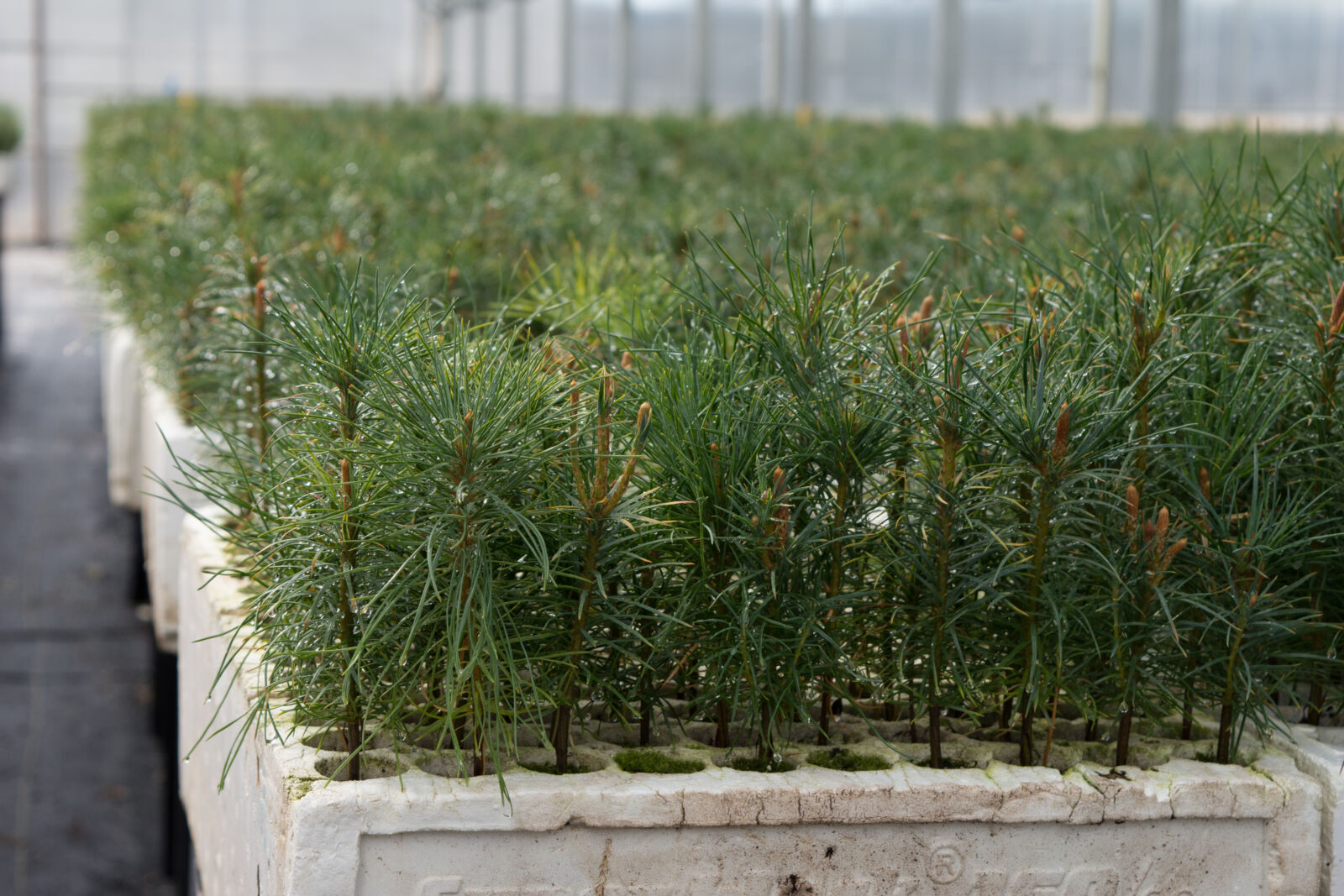Why plant trees?
Every year, more and more of our forests are affected by natural disturbances that cause deforestation. Wildfire, insects and disease - exacerbated by climate change - are jeopardizing the future of forests. Planting trees helps restore forest cover, ensuring that forests can continue to provide wildlife habitat, supply water to millions of us, and help fight climate change. Learn more about the benefits of reforestation.
Where are the trees planted?
We work directly with the U.S. Forest Service to select planting sites where the ecological need is greatest. From planting in areas burned by wildfire in the Western U.S. to restoring historic longleaf pine stands in the Southeast, we plant in all regions, responding to where trees are needed most. To see some of our project sites, visit our interactive online map.

Dave Gardner
How do you decide where to plant trees and what trees to plant?
We plant trees in areas that have experienced a natural disturbance and only plant native and ecologically appropriate species picked by Forest Service professionals. Sometimes we plant only one species, sometimes multiple – every project is designed to improve ecological conditions for each specific forest. Learn more about how we restore forests.
How does climate change factor into tree planting?
Climate change is creating new stressors for our forests by changing important environmental conditions like temperature and precipitation. Learn more about the impacts of climate change and how foresters are responding.
How do these trees help mitigate climate change?
Forests in the U.S. offset between 10 to 20 percent of U.S. carbon emissions each year. Reforestation helps sustain and increase the carbon sequestration potential of National Forests, mitigating the effects of global climate change. Trees for our Future: Three Questions about Trees and Climate Change.

USFS
How does tree planting help wildlife?
Reforestation efforts restore wildlife habitat that has been charred by high intensity wildfires and fragmented by insect and disease outbreaks. Tree planting also improves habitat connectivity and supports biodiversity.
Do all areas affected by fire require reforestation?
During fire season, wildfires will affect many, many acres of National Forests. But not all fire is bad. Some wildfires are healthy burns – fires that are relatively low severity and beneficial for a given forest type. In some places, forests require little to no intervention to regenerate.
Still, many landscapes affected by severe fire will require active reforestation. Wildfire accounts for a staggering 80 percent of reforestation needs. Because of the scale and severity of some wildfires, we are in danger of losing our forests if reforestation does not occur. Learn more about tree planting and wildfire.

Greg Peters
Why does the Forest Service need extra money to plant trees, isn’t this their job?
While the Forest Service is tasked with managing National Forests, the rate of deforestation caused by wildfire and other natural events has outpaced the agency’s ability to respond. There are currently more than a million acres of forests in urgent need of reforestation. That’s where we come in – we’re working to raise funds to help the Forest Service reforest these cherished landscapes.
How does the NFF partner with the Forest Service?
We work with corporations, small businesses, nonprofits, individuals, and more to support important reforestation work. The Forest Service identifies the areas of greatest reforestation need, sources the seedlings, grows the seedlings in a Forest Service nursery, contracts out the planting, and monitors seedling survival. Learn how the Forest Service grows millions of seedlings each year for our reforestation efforts.
How can you help?
There are many ways to get involved!
- Support tree planting with a donation.
- Create a fundraiser to plant trees with your friends and family.
- Looking to partner? Start here!
- Learn more about tree planting on our tree blog.
- Check out how we are supporting reforestation from need, to seed, to tree.

